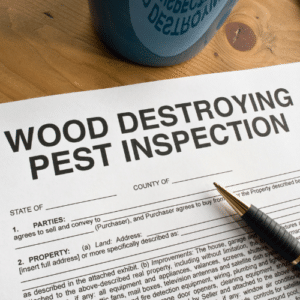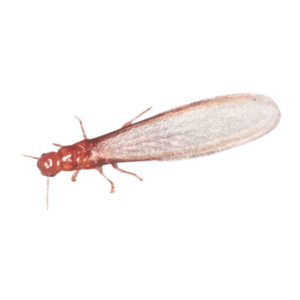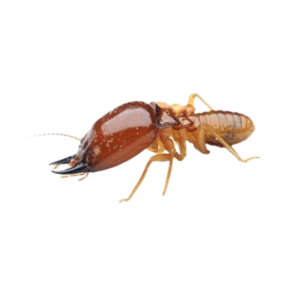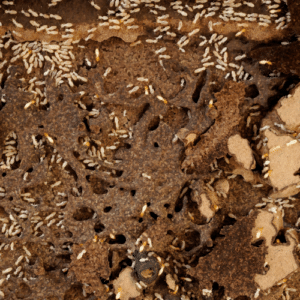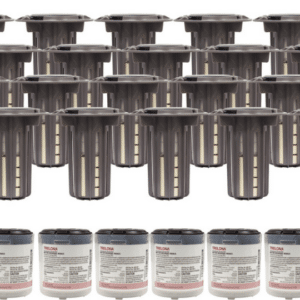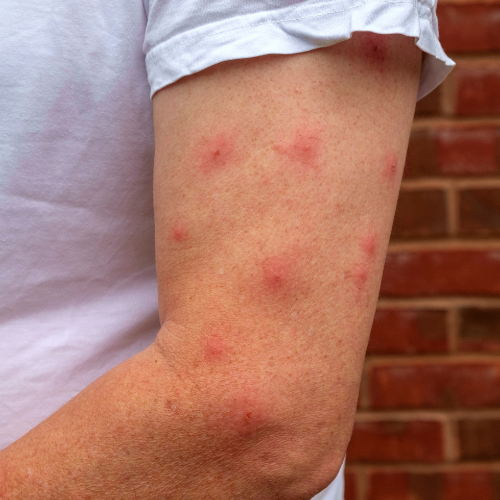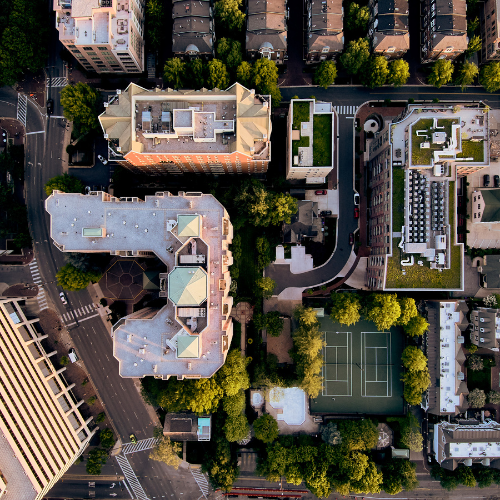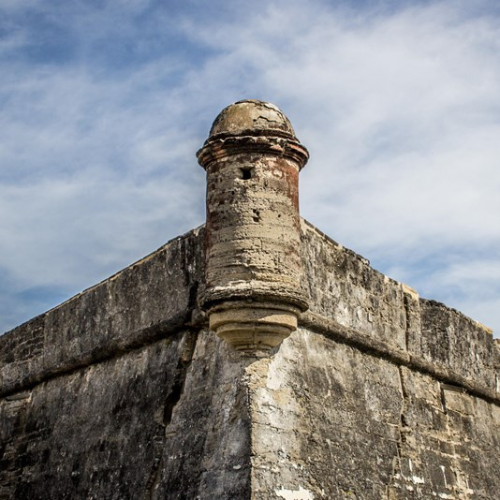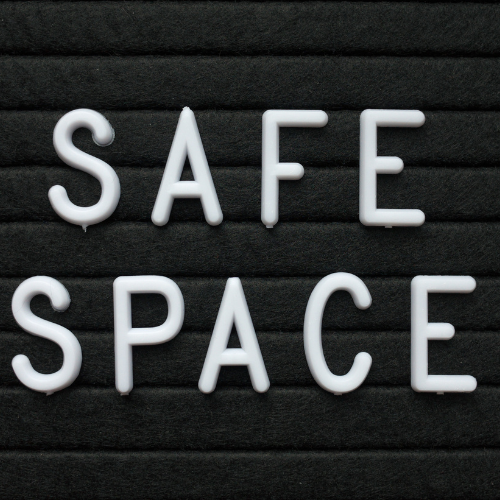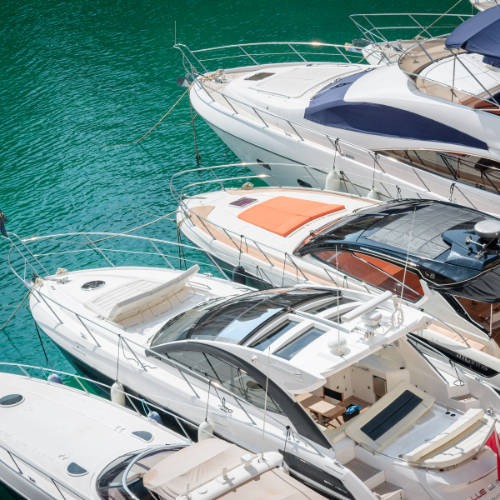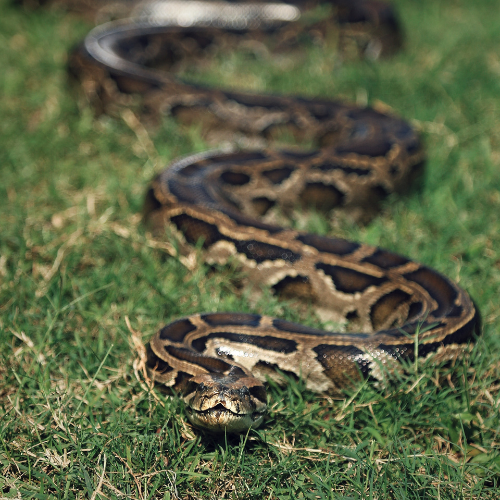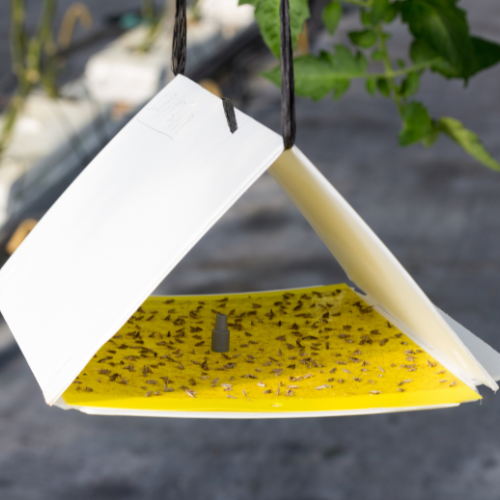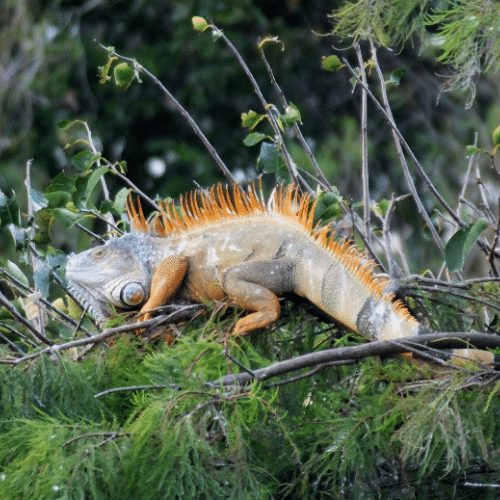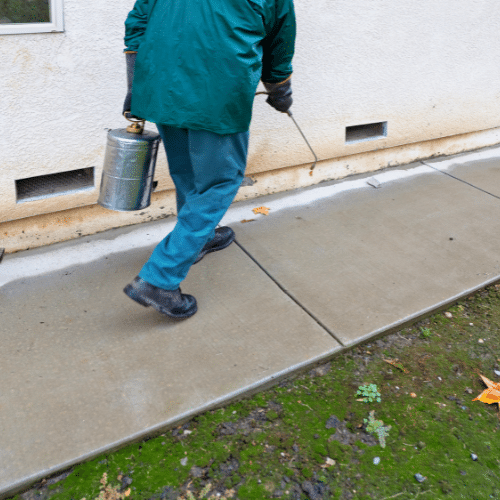
Termites
Identifying termites in South Florida is crucial for protecting your home from these destructive pests. South Florida’s warm, humid climate makes it a hotspot for termite activity. These silent destroyers can cause extensive damage to wooden structures, often going unnoticed until it’s too late.
Homeowners should be vigilant and look for signs such as discarded wings, mud tubes, and damaged wood. Early detection and professional treatment can prevent significant damage and save homeowners from costly repairs.
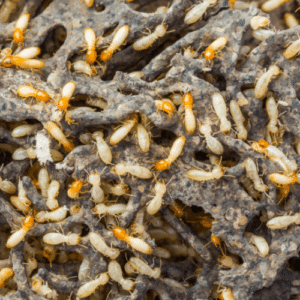
- Subterranean Termites: Common in South Florida, these termites build mud tubes for moisture and travel between their colony and food source.
- Drywood Termites: Typically found in attic spaces, these termites don’t require soil contact and can infest furniture and hardwood floors.
- Formosan Termites: Known as “super termites,” they are highly destructive and can form large colonies, causing extensive damage in a short time.
- Signs of Infestation: Look for hollow-sounding wood, frass (termite droppings), and swarmers (winged termites) as indicators of a termite problem.
- Preventive Measures: Regular inspections, reducing moisture, and sealing entry points can help prevent termite infestations in South Florida homes.
Drywood termites pose a significant threat to homes in South Florida, but traditional tenting methods can be invasive and inconvenient. At Pest Busterzz, we offer an innovative approach to termite control with our organic, non-tent treatments.
Our non-tent solutions are designed to effectively eliminate drywood termites without the need for vacating your home or using harsh chemicals. Here’s what you can expect from our services:
- Eco-Friendly: Our treatments are made from natural, organic ingredients that are safe for you, your family, and the environment.
- Convenient: There’s no need to move out or bag up food and medications. Our non-tent approach allows you to stay in your home during the treatment process.
- Effective: We use advanced techniques to target drywood termites directly, ensuring thorough eradication without compromising the integrity of your property.
Don’t let drywood termites threaten the safety and comfort of your South Florida home. Choose Pest Busterzz for a safe, convenient, and effective solution to your termite problems. Contact us today to learn more about our organic, non-tent termite treatments.
Subterranean termites are one of the most challenging pests homeowners face in South Florida. These termites live in colonies underground and can silently invade homes, causing extensive damage before they are even detected.
Pest Busterzz is at the forefront of combating these destructive pests with our innovative organic termite treatments, offering homeowners a safe and effective solution.
Our approach to subterranean termite control is grounded in cutting-edge, eco-friendly methods that prioritize the safety of your home and the environment. Here’s why Pest Busterzz is the leading choice for subterranean termite control:
- Targeted Treatment: Our organic solutions are specifically designed to target subterranean termites at their source. By focusing on the colony, we ensure a comprehensive eradication of the termite population threatening your property.
- Soil Treatment: Subterranean termites travel from the soil into your home. Our treatments involve treating the soil around your property with organic compounds that are safe for the environment but lethal to termites.
- Long-Term Protection: Beyond immediate eradication, our treatments create a barrier that prevents future infestations, offering you peace of mind and long-term protection against subterranean termites.
- Safety First: We understand the importance of maintaining a safe living environment. Our organic treatments are non-toxic and safe for children, pets, and plants, ensuring your home remains a healthy place to live.
- Expertise and Reliability: With years of experience in termite control, Pest Busterzz technicians are trained experts in identifying, treating, and preventing subterranean termite infestations. We use the latest research and technology to provide reliable and effective termite control solutions.
Termite Baiting System
Pest Busterzz offers Subterranean Termite Bait Stations as an effective and eco-friendly solution to protect your South Florida home from termite damage. These bait stations are strategically placed around your property to intercept termites before they reach your home.
How They Work:
Attraction: The stations contain a cellulose-based bait that lures in worker termites.
Elimination: Termites feed on the bait and share it with their colony, leading to the collapse of the entire colony.
Monitoring: Regular checks by Pest Busterzz technicians ensure the bait stations are active and effective.
Advantages:
Eco-Friendly: Minimal impact on the environment and non-target species.
Non-Disruptive: No need for drilling or trenching, preserving your property’s aesthetics.
Long-Term Protection: Continuous monitoring and bait replenishment provide ongoing defense against termites.
Secure your home with Pest Busterzz’s Subterranean Termite Bait Stations for a safer and termite-free environment. Contact us to schedule your installation today.

